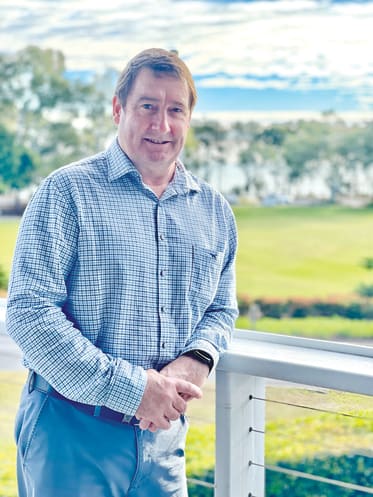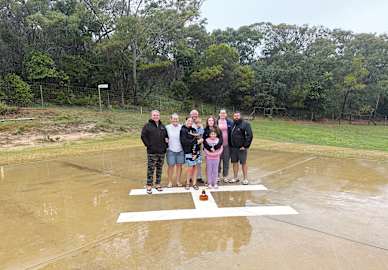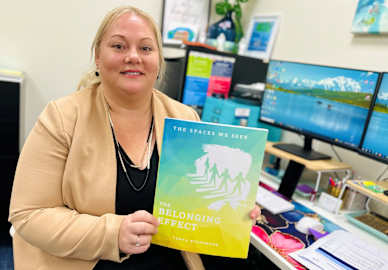HERVEY Bay stands at a pivotal moment. As our population grows, we face a pressing question: Do we continue to expand outwards, or do we start building upwards? This isn’t just a matter of land use; it’s a decision that will shape our city’s future, our lifestyle, and even our contribution to climate change.
Urban sprawl might seem like the natural choice—more space, bigger blocks, and a sense of escape from the hustle. But at what cost? The clearing of land not only disrupts local ecosystems but also demands extensive infrastructure investments from the council. These costs don’t just vanish; they translate into higher taxes, longer maintenance periods, and increased carbon footprints as services stretch further and further from the city’s core.
On the other hand, building upwards—densifying our city’s footprint—could be the key to a sustainable future. Yes, it challenges the traditional character of Hervey Bay, especially for those who have lived here for decades and cherish its low-rise charm. But higher density living reduces the need for sprawling infrastructure, cuts down on car dependency, and makes public transport more viable. More people per hectare mean we can support vibrant amenities, lower our collective emissions, and create a community that attracts both young and old.
So, where do we draw the line? Do we go up or out? Which choice better safeguards our environment, our economy, and our way of life? This isn’t a simple debate; it’s a question that demands thoughtful consideration from every one of us. Those who instinctively resist change must also weigh the long-term implications of their stance. The future of Hervey Bay—and the planet—hangs in the balance.
With GLEN WINNEY - President - FCPIA





